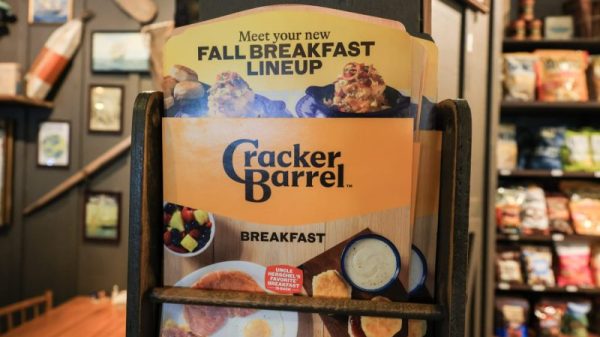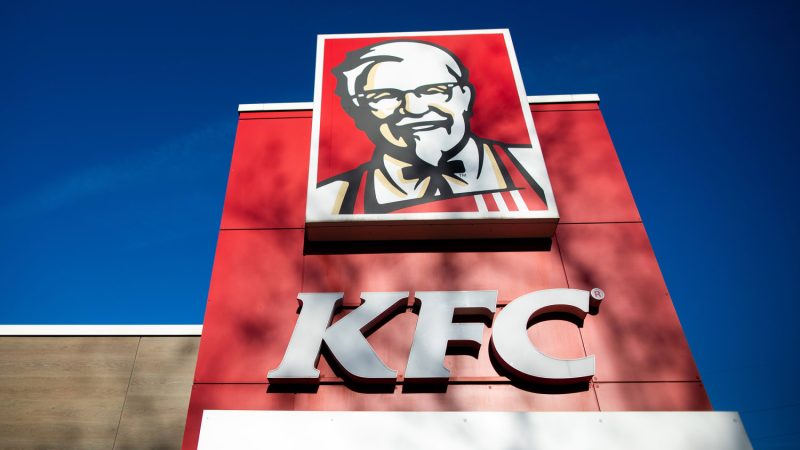In a recent monumental event that has sent shockwaves across the fast-food industry, Yum Brands reported earnings that fell short of estimates, sparking concerns among investors and analysts alike. This disappointing financial performance was primarily attributed to same-store sales declines at flagship brands KFC and Pizza Hut, underscoring the challenges facing the company in a competitive market environment.
The once-revered stalwarts of the fast-food world, KFC and Pizza Hut, have long been heralded for their unique offerings and loyal customer base. However, recent trends suggest that the industry landscape is rapidly evolving, with changing consumer preferences and intensifying competition pushing these iconic brands to adapt and innovate.
One of the primary factors contributing to the same-store sales declines at KFC and Pizza Hut is the growing trend towards healthier eating habits among consumers. In an era where health and wellness have taken center stage, traditional fast-food options laden with calories and fat are increasingly falling out of favor. This shift in consumer behavior has prompted KFC and Pizza Hut to rethink their menu offerings and introduce healthier alternatives to cater to changing tastes.
Moreover, the rise of fast-casual dining chains and gourmet food options has posed a significant challenge to the market dominance of KFC and Pizza Hut. With consumers seeking more diverse and sophisticated dining experiences, these traditional fast-food chains are facing stiff competition from innovative newcomers offering a wider range of choices and flavors.
Another critical factor impacting same-store sales at KFC and Pizza Hut is the surge in online food delivery services. With the convenience and ease of ordering food online becoming increasingly popular, traditional dine-in establishments are witnessing a decline in foot traffic and sales. As a result, KFC and Pizza Hut have had to adapt to this changing landscape by investing in their online delivery platforms and enhancing the customer experience through digital channels.
In response to these challenges, Yum Brands has been actively exploring strategic initiatives to revitalize its flagship brands and drive growth in the face of mounting competition. From menu innovations and store redesigns to investments in technology and digital marketing, the company is leaving no stone unturned in its quest to regain its footing in the fast-food industry.
While the road ahead may be challenging, Yum Brands remains optimistic about the prospects of KFC and Pizza Hut in the evolving landscape of the food industry. By staying attuned to changing consumer preferences, embracing innovation, and leveraging its strong brand recognition, the company is well-positioned to navigate the turbulent waters of the market and emerge stronger than ever before.


































